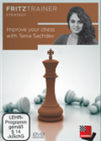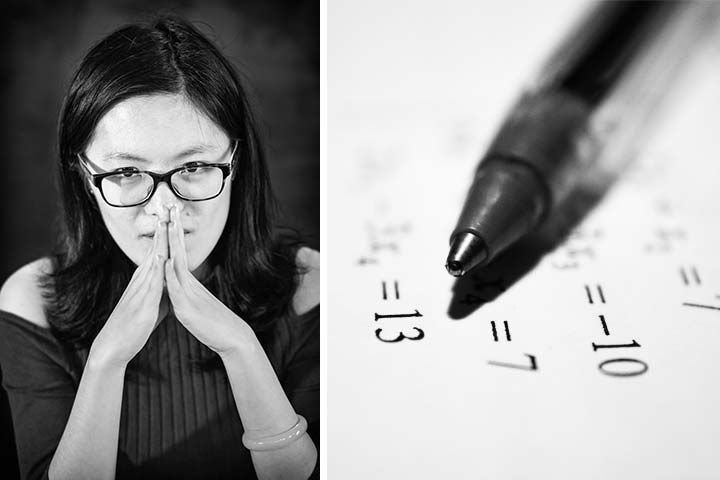No significant difference
About three years ago, I presented a research paper comparing the aesthetics of play in chess between men and women. I even wrote an article about it here on ChessBase. It was not received very well for a variety of reasons but that is what the science nevertheless suggested and I defended the work. Even so, I did take into account some constructive criticisms pertaining to the depth and scope of the original research. For instance, player strength (e.g. Elo rating) was not taken into account and the scope was limited to just forced three-movers. As we know, science is often only as good as the time and funding that can be afforded to it. The furore did, however, spark some interest in the question and I was able to obtain a dedicated research grant from my university in order to look somewhat deeper into the issue. I even had money now to hire a research assistant.
To sum up the findings now, the answer as to whether women play more beautiful chess than men is still no. Rather, this time around, the study regarding aesthetics of play between the genders, on average, produces the result that there is no difference. More details can be found in the full paper.
We used two books as sources. The first was Play Like a Girl: Tactics by 9 Queens by Jennifer Shahade — the only “expert-selected games by women” book we could find. The second was The Ultimate Chess Puzzle Book by John Emms, a comparable book that contained games that (incidentally) were almost exclusively played by men.

 On this DVD, well-known Indian WGM Tania Sachdev shows you how to evaluate certain positions and then find the right concepts and plans on the basis of her own games.
On this DVD, well-known Indian WGM Tania Sachdev shows you how to evaluate certain positions and then find the right concepts and plans on the basis of her own games.
In general, the games that were included were those ending in mate (of various lengths) and a selection of ‘study-like’ positions, where the winner simply had a decisive advantage by the end of the sequence. So not just forced three-movers, as in the previous research. These sequences were processed by Chesthetica based on its aesthetics model in order to generate an aesthetics score or value for each. Readers interested in how the model works may want to read the linked paper first, but suffice to say here that the computer evaluations have been shown to correlate positively and well with domain-competent human assessment. The Elo ratings of the players at the times those games were played, if they were available, were also taken into account. Again, this was something that was not done in the previous research and a fair point of contention with regard to any grand conclusions that might have been drawn from that work.
The results
 In this 60 minutes video GM Nadezhda Kosintseva offers White a repertoire to counter the Löwenthal Variation.
In this 60 minutes video GM Nadezhda Kosintseva offers White a repertoire to counter the Löwenthal Variation.In total, 39 games between women, 40 games between women and men, and 115 games between men were able to be derived from the books as usable for our purposes. For each group, it was first determined whether the Elo ratings of the players were comparable. This meant that, on average, the Elo ratings for the White players and Black players were not different, statistically. Furthermore, across all groups, the women averaged an Elo rating of 2,394 and the men averaged an Elo rating of 2,427. This meant that, statistically, on average, players from both genders were equally strong. Playing strength was therefore ruled out as a factor. The table shows the aesthetic score comparisons.

There was no statistically significant difference between groups 1 and 3. Across all three groups there was no statistically significant difference either. Even between groups 1 and 2 there was no statistically significant difference detected. So, in conclusion, on average, the sequences taken from games between women and men were no different in aesthetic quality. This research therefore contradicts the previous research which showed that games between men were more aesthetically pleasing than those between women (within the scope of forced three-move sequences and not taking Elo ratings into account).

In 2017, Hou Yifan deliberately lost a game at the Gibraltar Masters in protest for the high number of women she was paired against | Photo: Alina l'Ami
The new findings suggest that, in chess, both men and women have aesthetic playing preferences that are not unlike each other. Regardless, those who were critical of the previous research by claiming that the aesthetics model could not be trusted or was unreliable might want to be critical of the present research as well, since the same model was used. As for everyone else, the present work should be taken as more thorough and reliable (i.e. an update) compared to the previous findings. As always, future research in the area could, again, be different.
Links



























